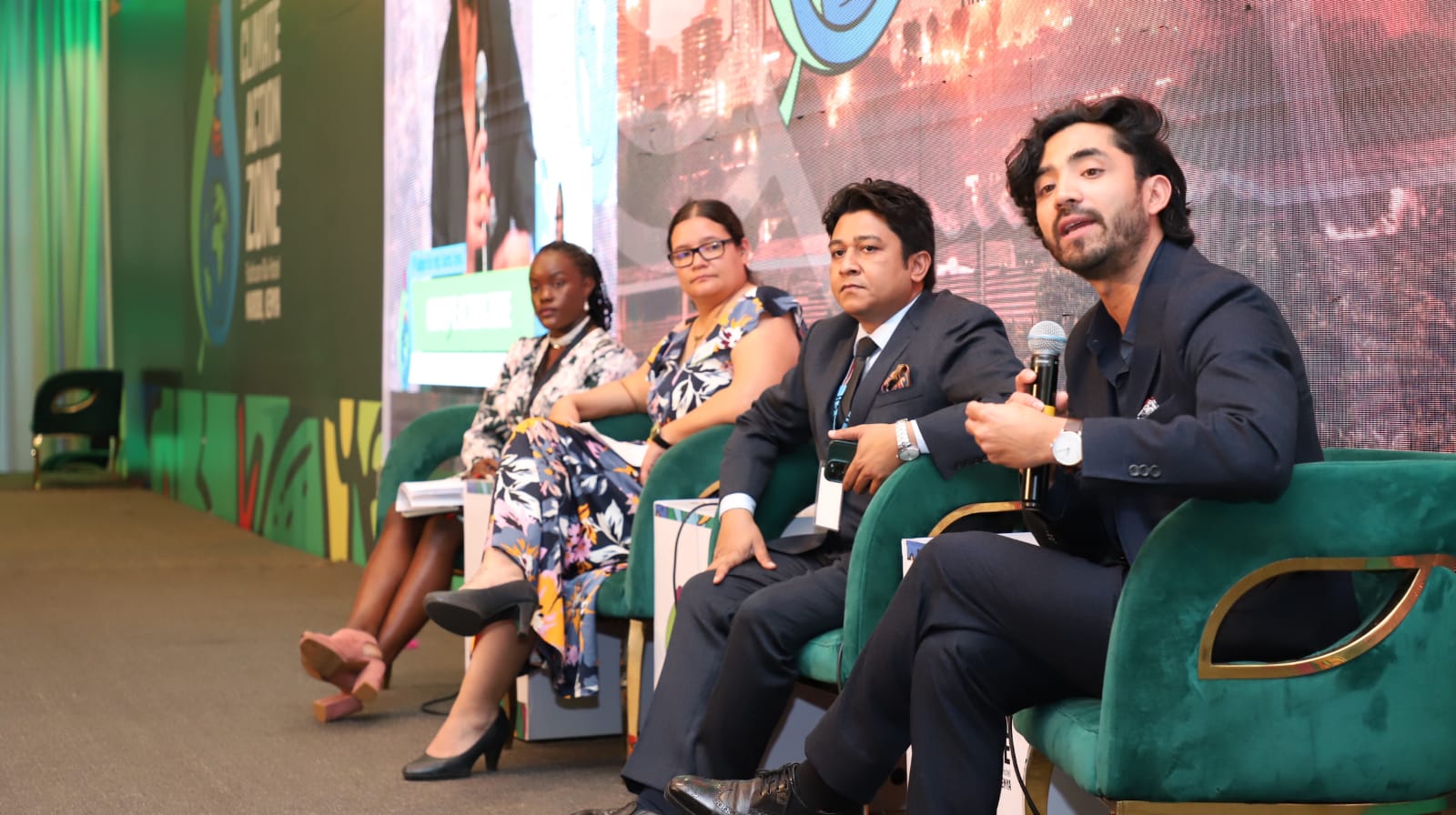By Mary Mwendwa
Nairobi, Kenya: The Alliance for Science hosted a Climate Action Zone at a Nairobi hotel from September 3rd – 6th during the Africa Climate Summit.
The event was held in collaboration with the United Nations Environmental Programme (UNEP), the Africa Development Bank, the Green Climate Fund, the International Federation of the Red Cross (IFRC), and the TEAR Fund, which were hosted by the Government of Kenya, in the capital, Nairobi, Nairobi Governor Johnson Sakaja, while presiding over the opening ceremony on September 3, outlined the challenges the city faces with regard to climate change.
“Nairobi has endured high and rising rates of respiratory diseases, partly because of pollution and partly because of the quality of our buildings,” he said.
The event played a crucial role in mobilizing sustainable finance and partnerships for the built environment, a key focus for the Kenya Green Building Society, and how they can be part of the solutions to the climate crisis. The Climate Action Zone provided avenues for partners to showcase a joint approach to co-investment where relevant climate actors in Africa discussed how to pool their resources, expertise, and effort to make a sustainable and lasting impact on climate resilience.

The United Nations Environmental Program Regional Director, Dr. Rose Mwabeza, moderated a panel discussion on the “Africa Climate Resilience co–investment program” that looked at the commitment of rich countries to provide 100 billion dollars a year for climate finance has not been fully met. Much more funding is needed to finance climate adaptation in the continent.
The Global Partnership for Sustainable Development Data held a panel discussion on “Harnessing data and technology for accelerated climate action.”
We must prioritize acquiring comprehensive data for climate adaptation and solution development to address climate change effectively.
The second day of the event saw the launch of the Climate Misinformation Report by Mark Lynas, an author of several climate books and head of research and Climate Lead at the Alliance for Science. The report shows that climate misinformation has ceased to exist worldwide in mainstream print and online media.
Lynas pointed out that 99.98 percent of analyzed media coverage was consistent with the scientific consensus on the reality and seriousness of human-caused climate change. This figure nearly parallels the 99.6 percent consensus he found as the lead author of a recent comprehensive study of the peer-reviewed literature on climate change.
On the third and last day of the event, the panel discussions were centered on South-South collaborations. The National Biosafety Authority chief executive, Dr Roy Mugiira, said collaboration among nations is essential to address the challenges in climate action, which requires a systematic approach driven by shared values “to achieve mega diversification, advance climate adaptation, and facilitate research.”
Similarly, Catherine Ngaisi from National Environment Authority (NEMA) talked about NEMA’s mandate as a regulator on environmental matters in Kenya. She said that NEMA envisions a clean, healthy and sustainable environmental for all. ” We have come up with various laws around impact and regulation, water quality, waste management, biodiversity, air quality, wetland resources among many others.”
The climate action zone allowed the private sector, civil society, youth, and children to voice their concerns and actions on climate change mitigation and adaptation.
The Alliance for Science Executive Director, Dr Sheila Ochugboju, while reading the climate action zone declaration, said that Africa’s extreme vulnerability results from a lack of adaptive capacity due to development challenges and the failure so far to meet the sustainable development goals.
She said everyone has a role in climate action and urged those in attendance to act. “It’s time for Action,” she said.














